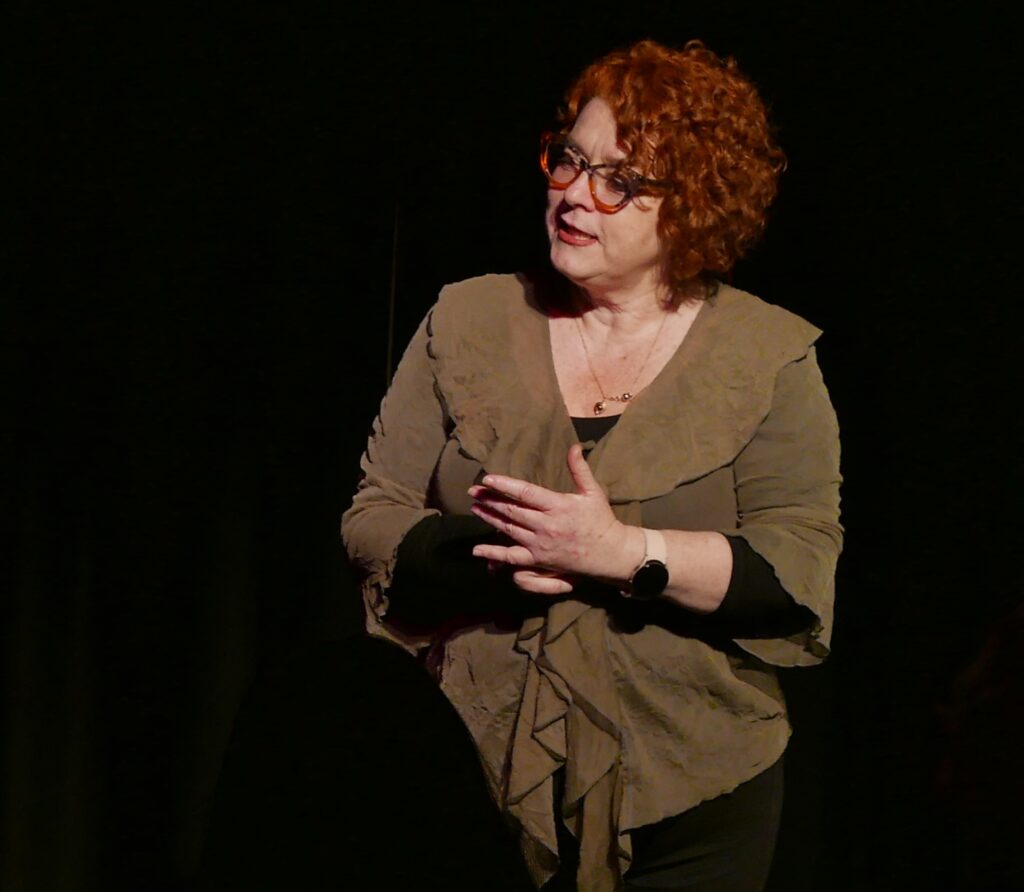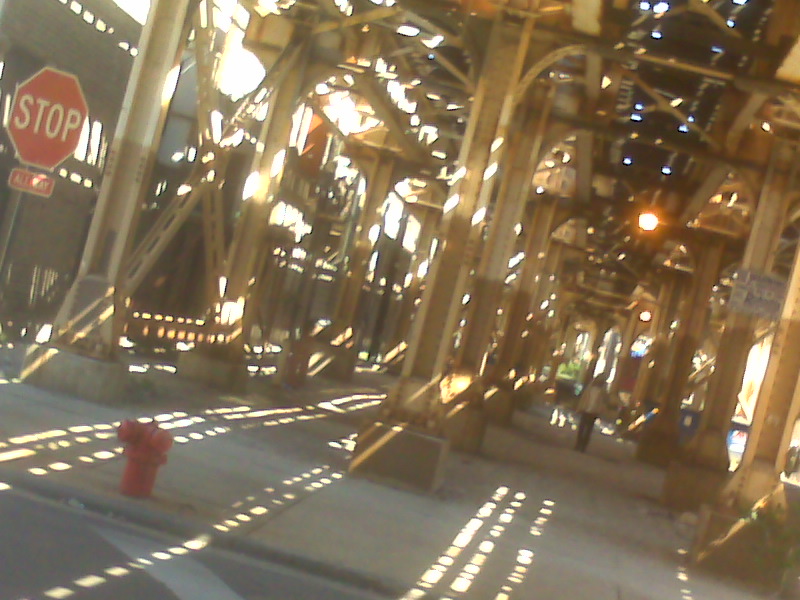note: this one’s a little hurried: there is so much fun to be had, I’ve done it in 3 drafts, and I am behind, so I’m not editing. Feel free to criticise my grammar or question my lack of capitals at the beginning of sentences, or even ask me more about the content!
Today’s warm up included everybody’s favourite Bunny Bunny, with an extra bit – you already know that either side of the bunny is toki toki. Well, the next 2 people in the circle hold their belt buckle and twirl a lassoo and say rasta rasta. It adds a layer of focus and concentration which is quite pleasing. With only 8 in the circle it was very very hard (only 1 person is not involved at any point). (if you don’t know bunny bunny then search this blog for it and get my explanation from last time).
| Kids at Santa Monica pier |
Rhyme and associate was next, but with a twist. first person says a word (fish). Second person associates with that (ocean), but they dont’ say what they thought, they think of something that rhymes with ocean (potion), and then they say “potion, ocean”. Practice of course for the set up / pay off.
More rhyming: Next warm up is “your love is… a”, “second line is a” where a is 2 different words that rhyme rhyme and b is the pay off (and of course a is the set up). Then you supply a single word as inspiration for the rhyme for the next person who goes off and does their thing with it.
Games:
An accompanied version of Madrigal. ask fors were all longish lines – lines from a movie, billboards, fake celebrity headlines, things you’d find on a chinese menu: each person sings their line over 8 bars, then each person gets a turn to do any combination of the words of theirs and other people’s lines, then whatever the last person in the line sang the whole group repeats.
advice is to play the style hard – the fun is in the juxtaposition of the strange words and the wrong genre.
Serenade-like song with set up and pay off rhymes, to a celebrity. He set up the celebrity at the beginning and then we each did a 2-couplet rhyme.
Da doo ron ron of course.
a rhyming warm up: Up your butt: a chant:
individual: There’s a dog
group: up your butt
individual and a bog
group: up your butt
etc (when you run out of rhymes, choose a new one)
some music theory:
a good melody is the right combination of steps and jumps + a good rhythm. Too many steps or too many jumps dont’ work (too many steps sounds noodly)
a good melody is “sing backable”, has a range of notes
if in an improv scene you created the “chorus” melody, then you need to resing (loudly) any bits people are missing (sometimes the groupmind will simplify it, but if they go too far, so the variations which make it interesting are missing, then you need to state it again)
music goes in groups of 4 (4 lines, 4 bars), even when it’s in 3/4 time
melodies are a lot easier to remember with words
lyrics organise the music in ways which our brains like to remember
improv is constantly exploring and heightening
3 types of harmony:
parallel: in 3rds or 5ths parallel to the tune, same rhythm, consistent interval from the tune
chordal: follows the rhythm, but anywhere in the chord (including the drone)
descant: originally from church where a boy soprano sang over the top of the singing in a separate melody which went with the rest: in musical improv it’s anything which is out of rhythm with the words, in harmony, but not necessarily in rhythm. If too many people do descant at once it sounds messy – as a guideline, 1 or 2 is enough
accents:
speaking with distinction – book
you tube has a heap of how to speak with accents
you tube also has interviews with singer/songwriters about song structure e.g. Billy Joel
song structure:
| Santa Monica Pier |
song structure is in itself a game structure
put the “funny” (specifics, game set up) in the verses, not the chorus
classic song structure: verse, chorus, verse, chorus, bridge, verse, chorus
in some pop songs a “rise” builds to the chorus (example used was Firework)
if a song is an essay, the chorus is the thesis statement, the verse is the argument, the bridge the counterargument (the yes but, or the yes and with an exploded argument)
an improvised song bridge can go to scene, and back, but use it sparingly and for specific reasons because returning to the scene is not as intense as a song
musical theatre tends to be more structured than pop songs (because you may only see or hear a musical once, so it needs to be understandable) – they use perfect rhymes, not near rhymes (perfect: lean and clean; near rhymes: lean and team)
good chorus has a vocal hook and a thee
alternative song structure: tag line song
example was Beyonce’s if I were a boy: tag is at the beginning, then a number of lines, and then return to the tag. the tag is a pseudo chorus. Somewhere over the rainbow is another example
more often it’s a last line tag line (people will say we’re in love, they can’t take that away from me, she’s always a woman to me, a quite mountain town (from south park the musical), attend the tale of sweeney todd). benefit of last line tag line is that it leaves the audience with your thesis statement/idea. last line tag lines are great for solos and duets
can use the final tag line in the song as a setup / pay off rhyme. there are only 6 words which rhyme with love, so be careful using it as a set up for a rhyme
it’s not a tag line until someone else sings it too
all cast group songs are not about plot or character, but they set an environment
opening numbers you dont’ have to introduce characters, the song’s about the place, sets up a point of view
songs don’t need plot information, the plot is in the scene (ideally the first 2 -3 lines of the scene) the rest is emotional response, songs are crystallised emotion
singing about plot gets you in trouble because you’re inventing
random throw away things from song may get shelved/picked up later, but it doesn’t have to happen
new game: Onion Peel
Onion Peel is a nested loop like space jump. played with 5 – 6 layers here
first layer is all scenes, which lead to an emotional moment: the next scene is called when it’s exactly the right time for a song (in this version, no one calls Freeze, the new scene starts with the entrance of the next player).
then in the last layer, the song goes on… and then back to the previous layer and you sing the song you set up on the way up the loops, followed by the song from the next loop.
requires a really on the ball musician, but we have those… may have to be modified depending on the amount of time you have, but real good fun (and because it’s musical, a crowd pleaser!). With each layer the “entering” player for each level should in theory be the singer of the song. When you get to the last “solo” scene, the rest of the players join in as chorus and support.
re: ask fors
when starting multiple scenes from a single ask for, try associating and going “wide”, don’t go literal: “if you set the tent poles wide, you’ve got a lot of room to play underneath”







